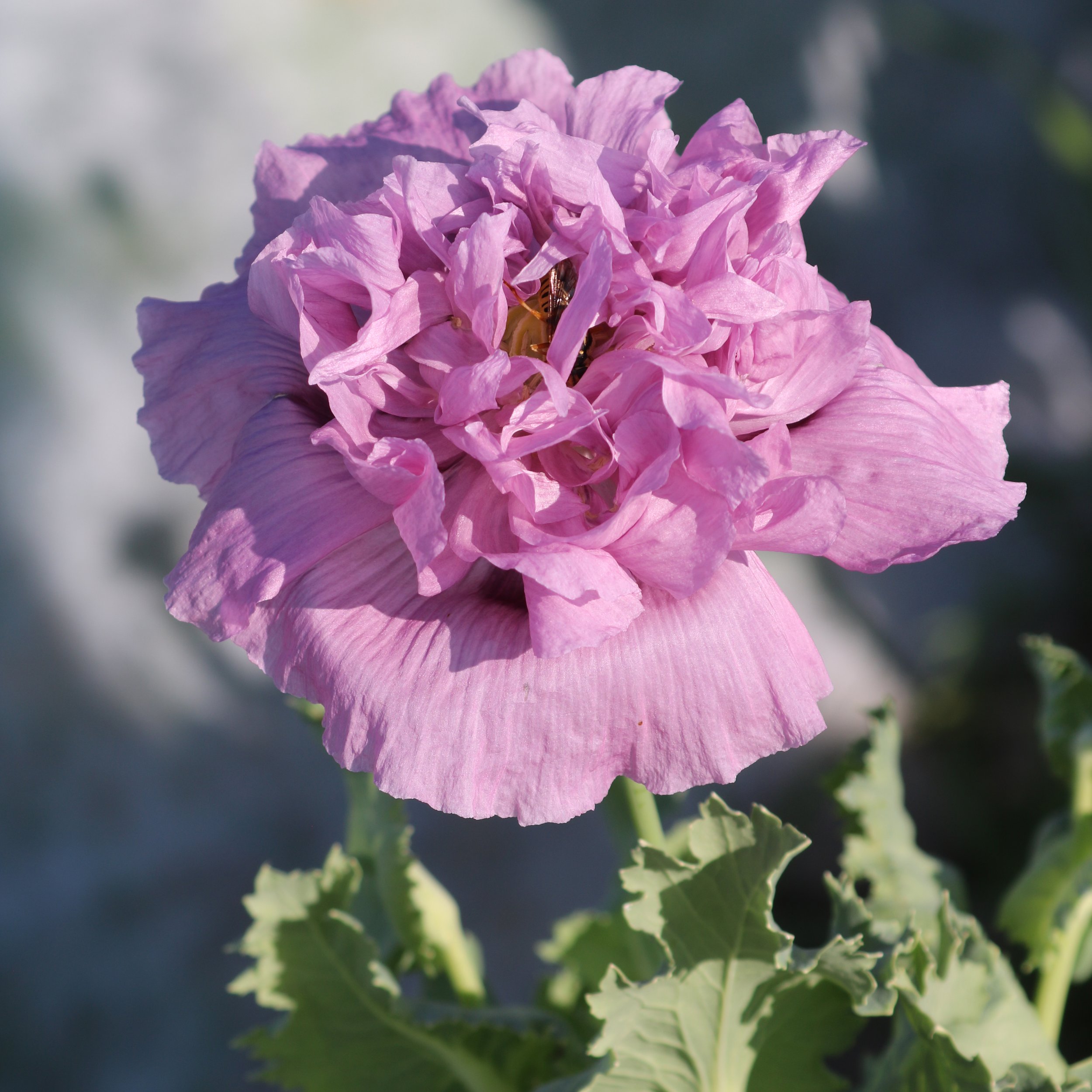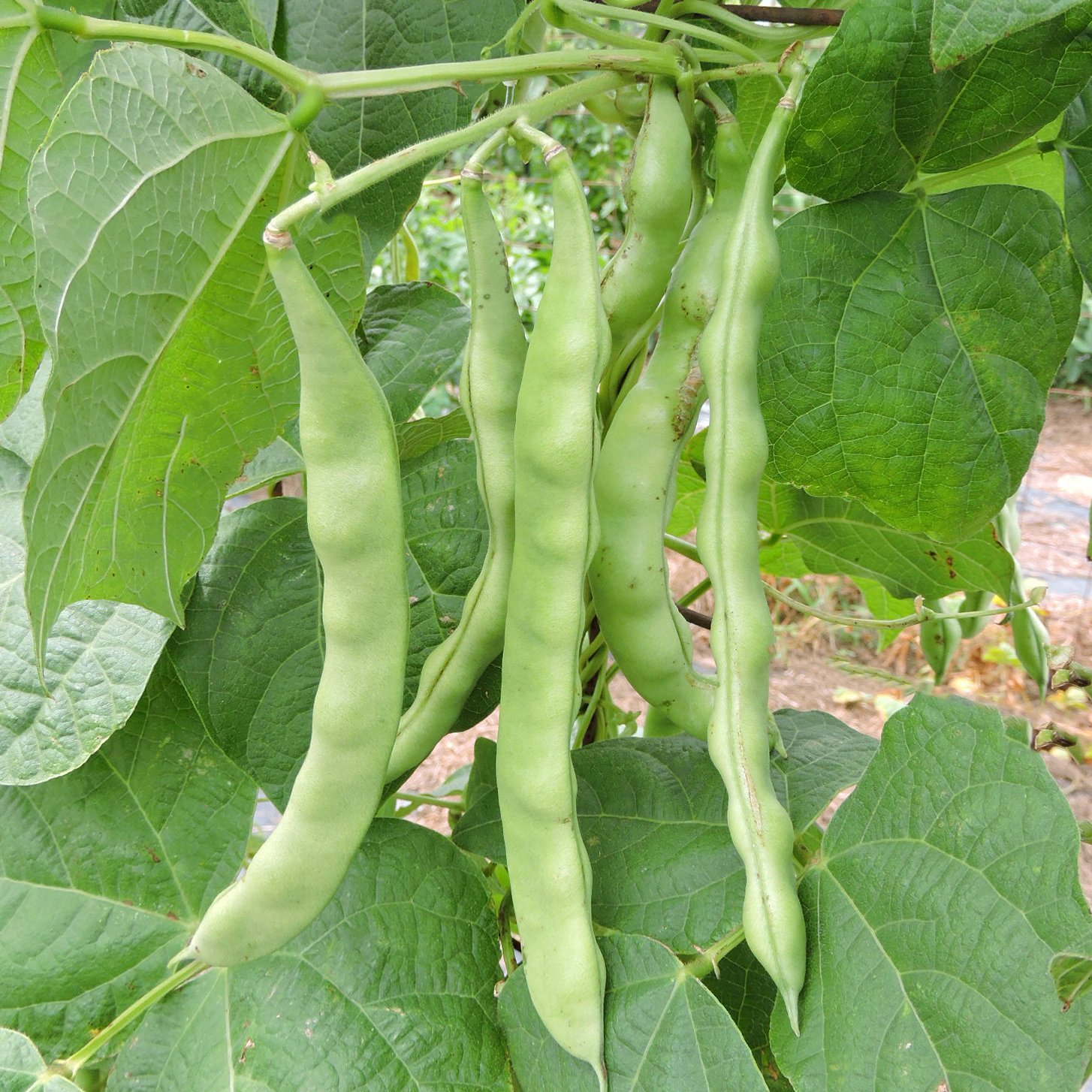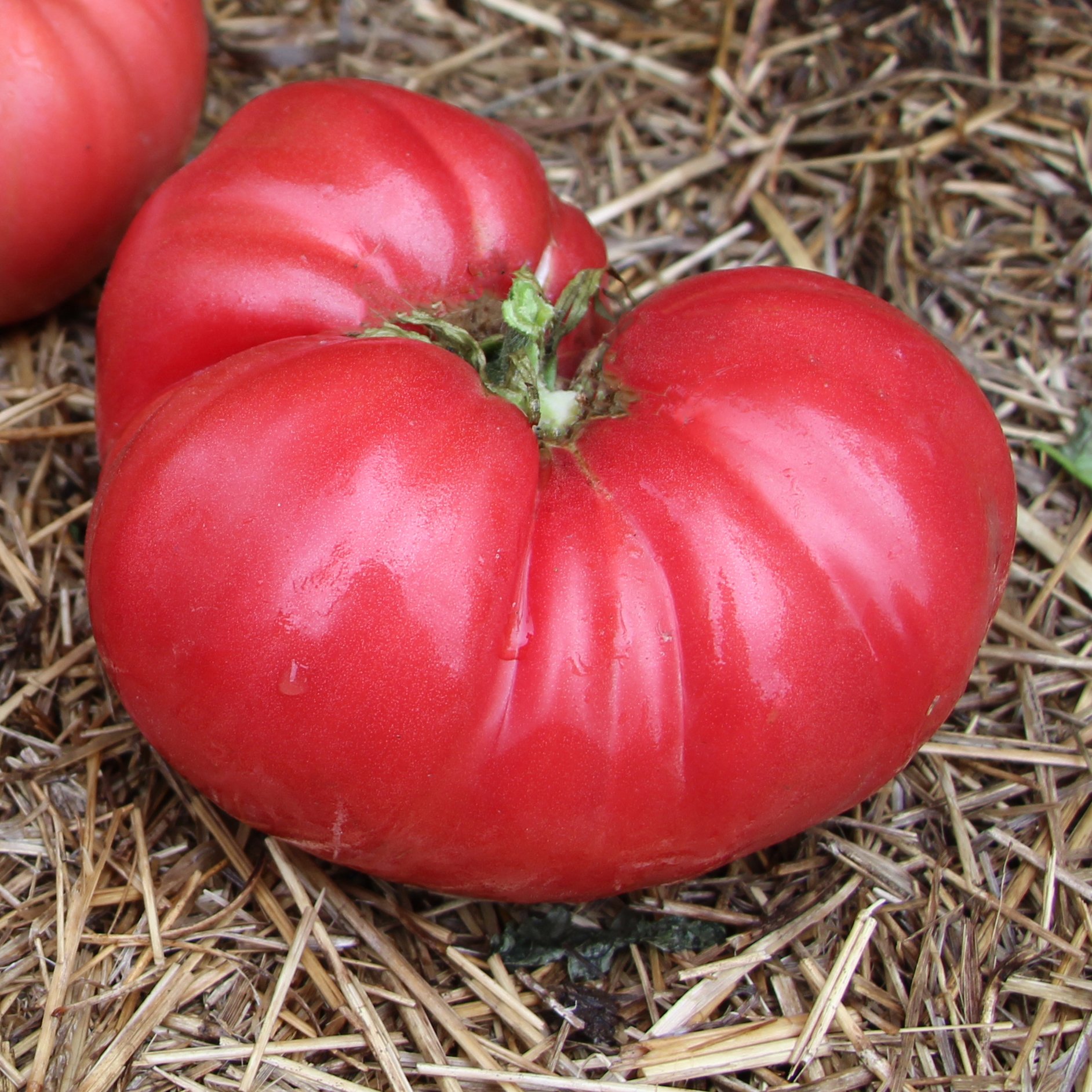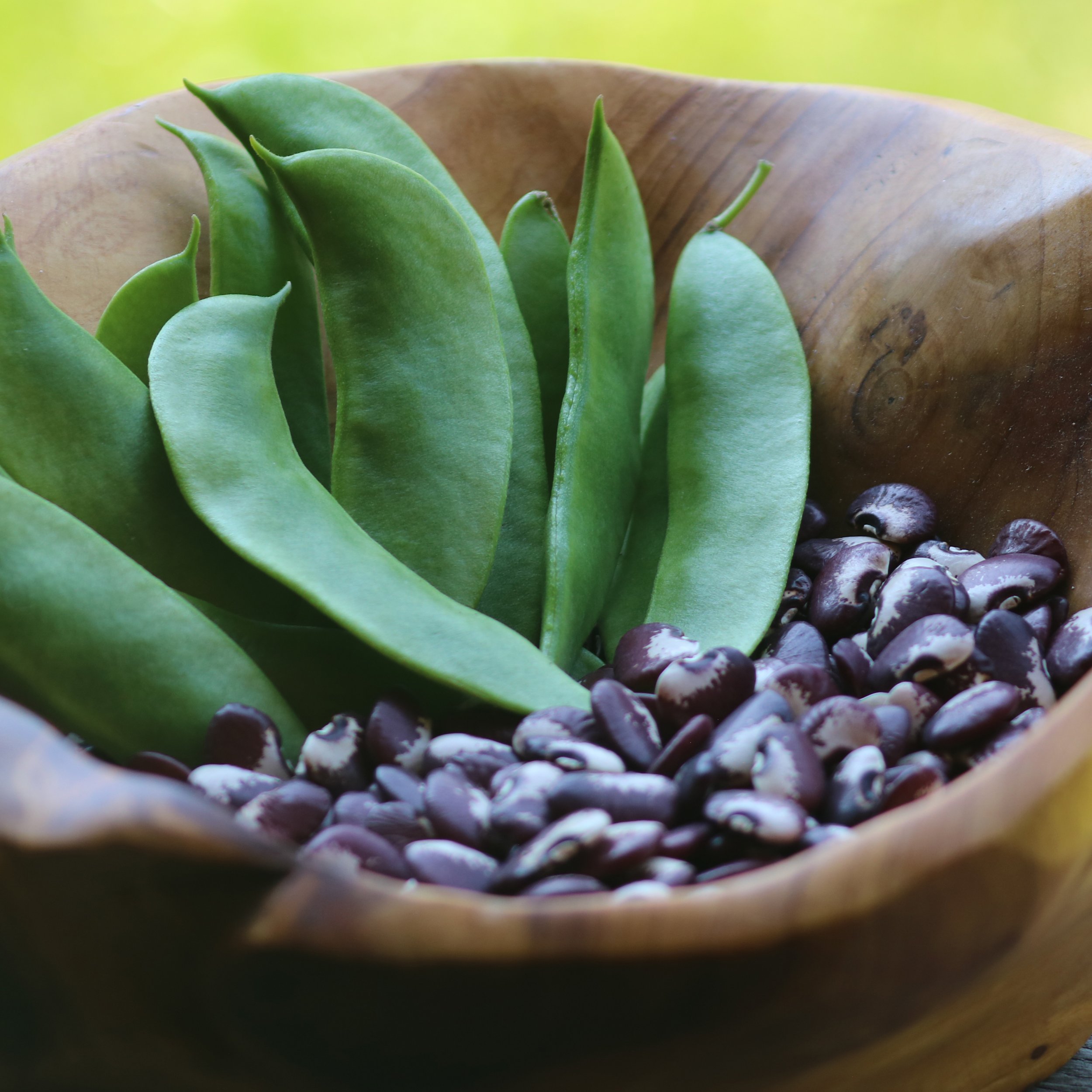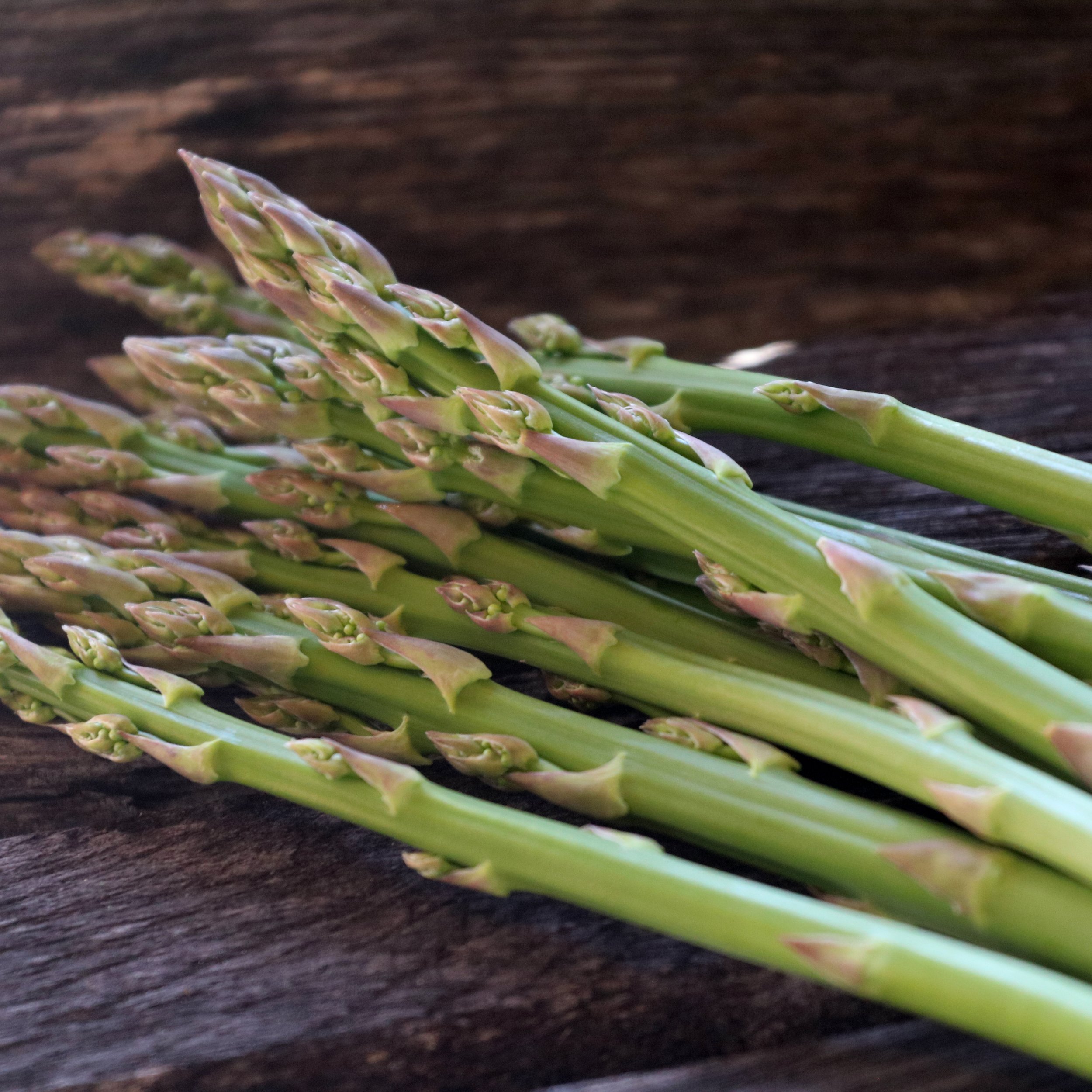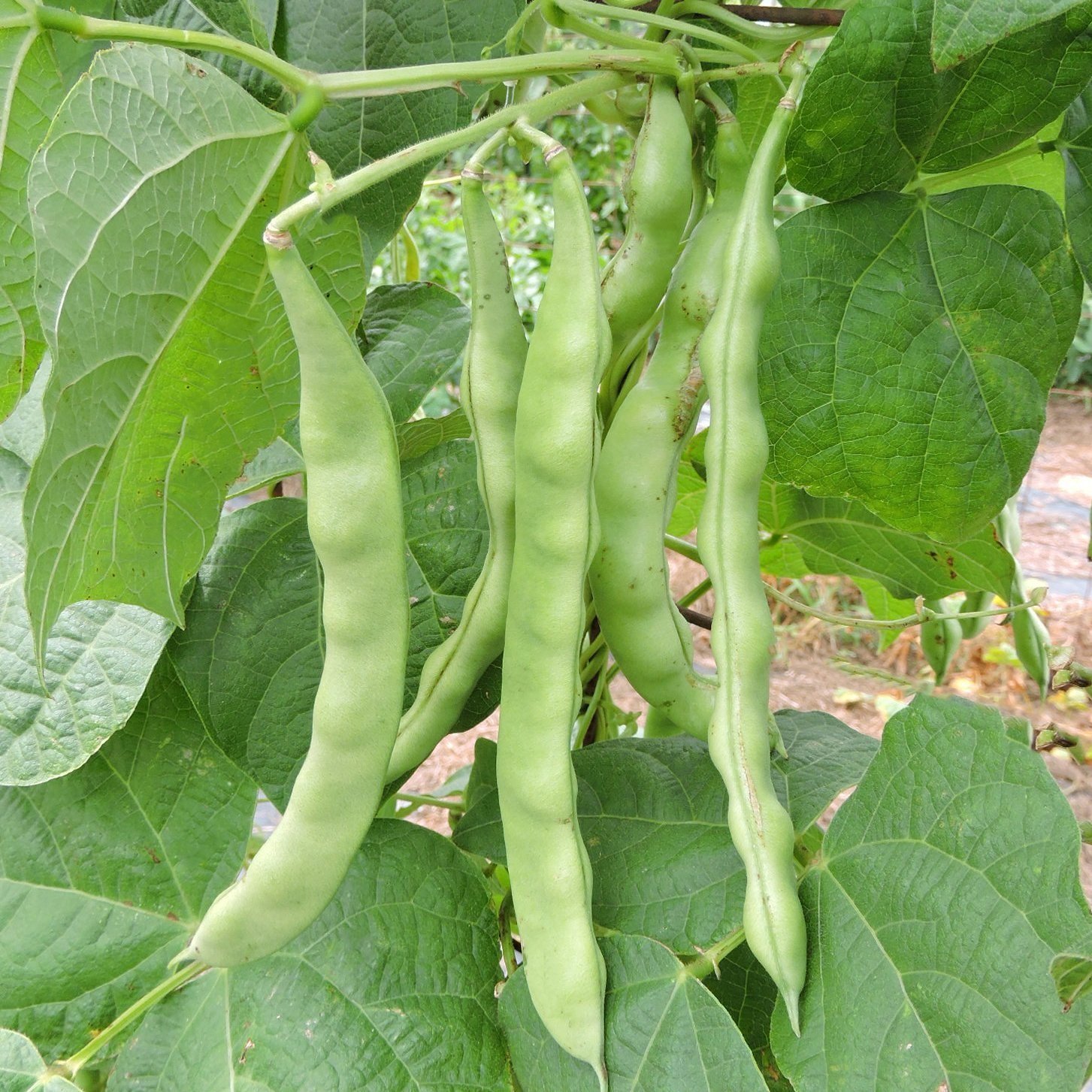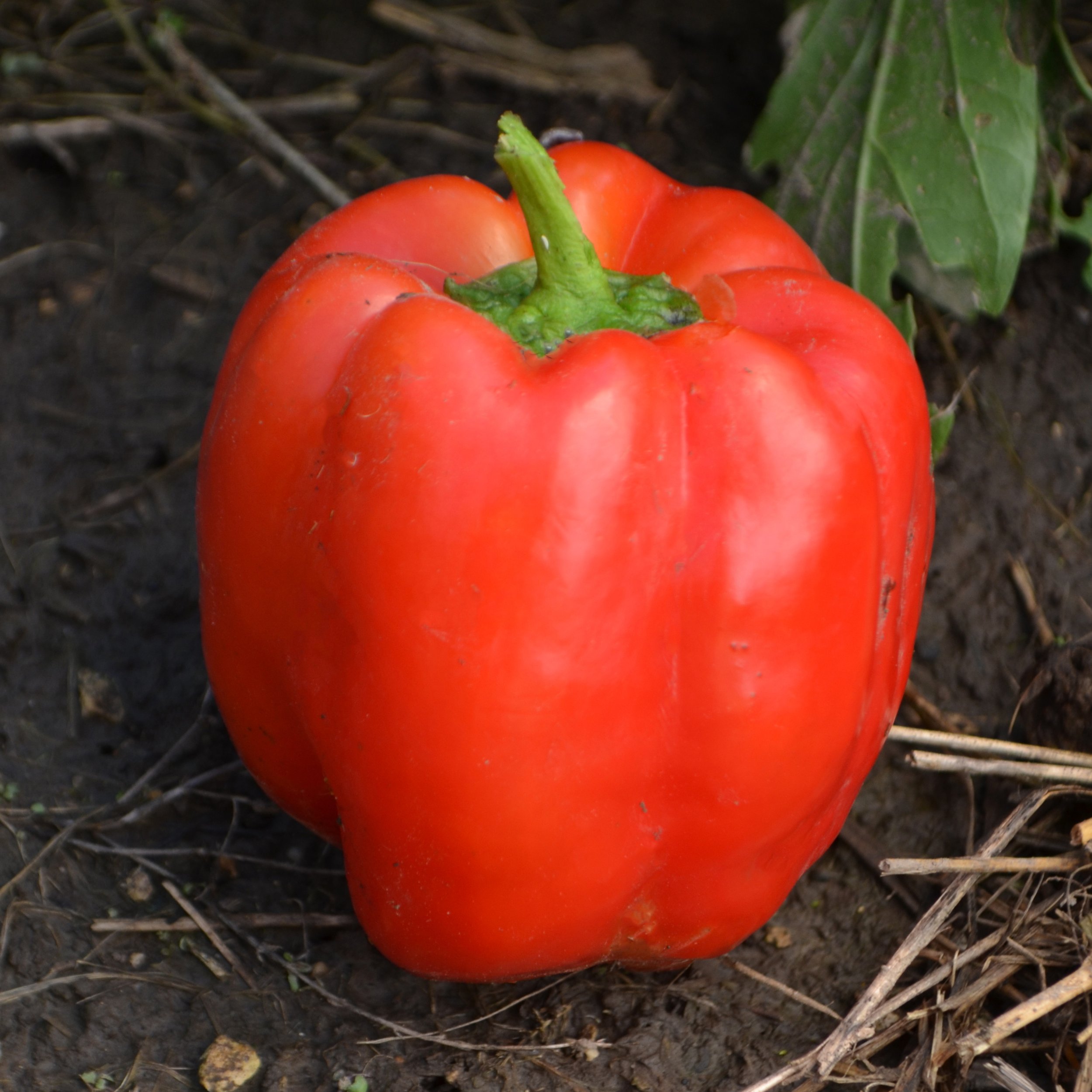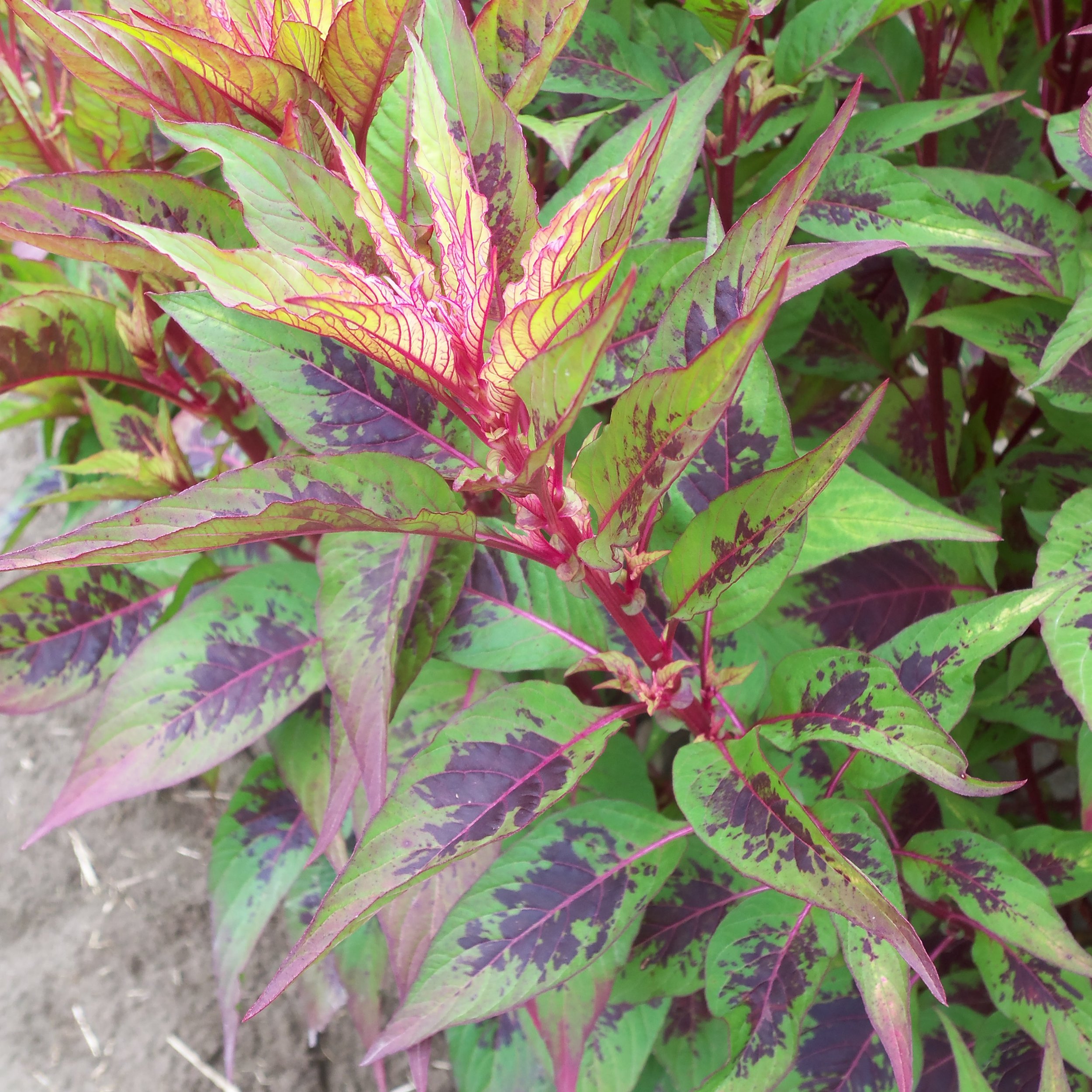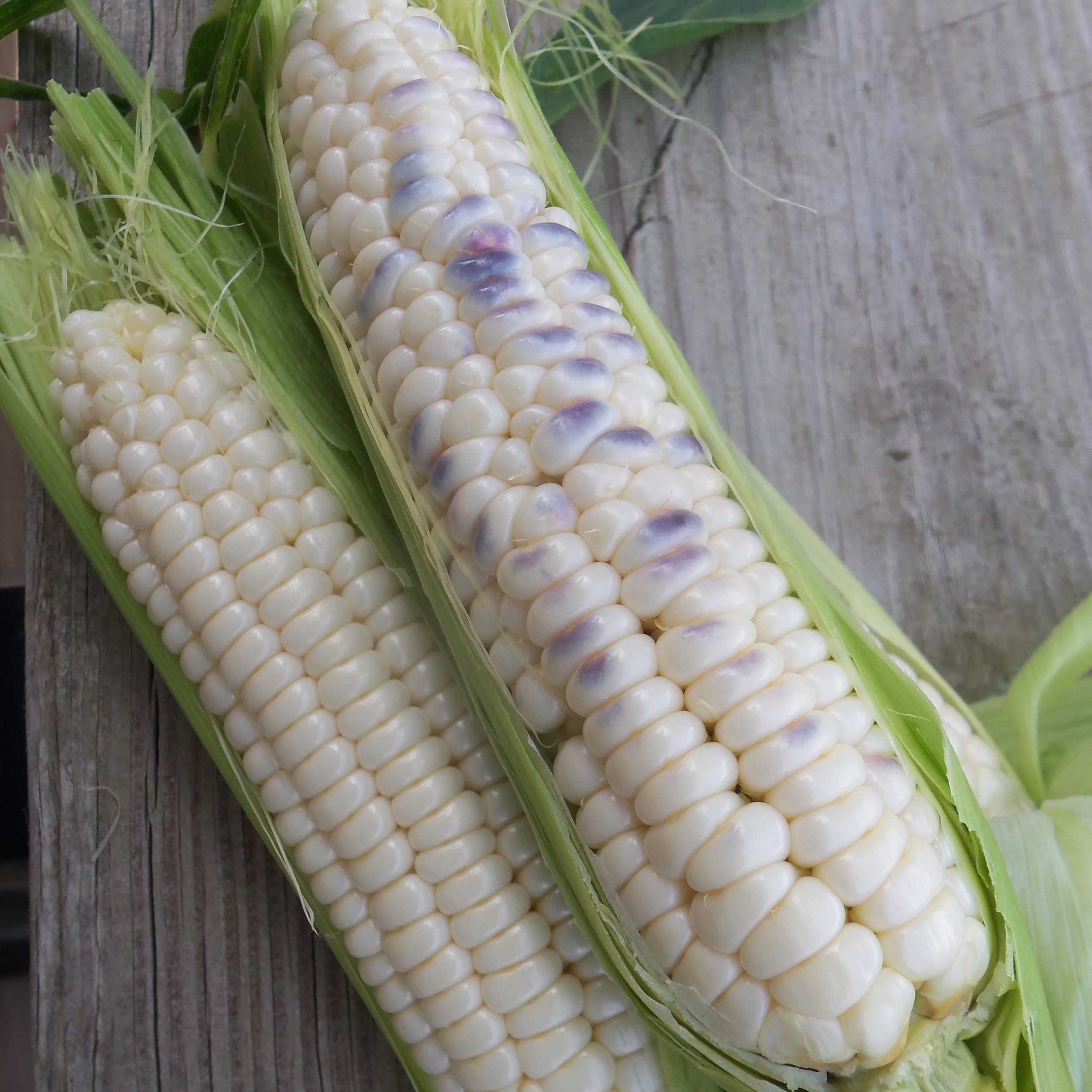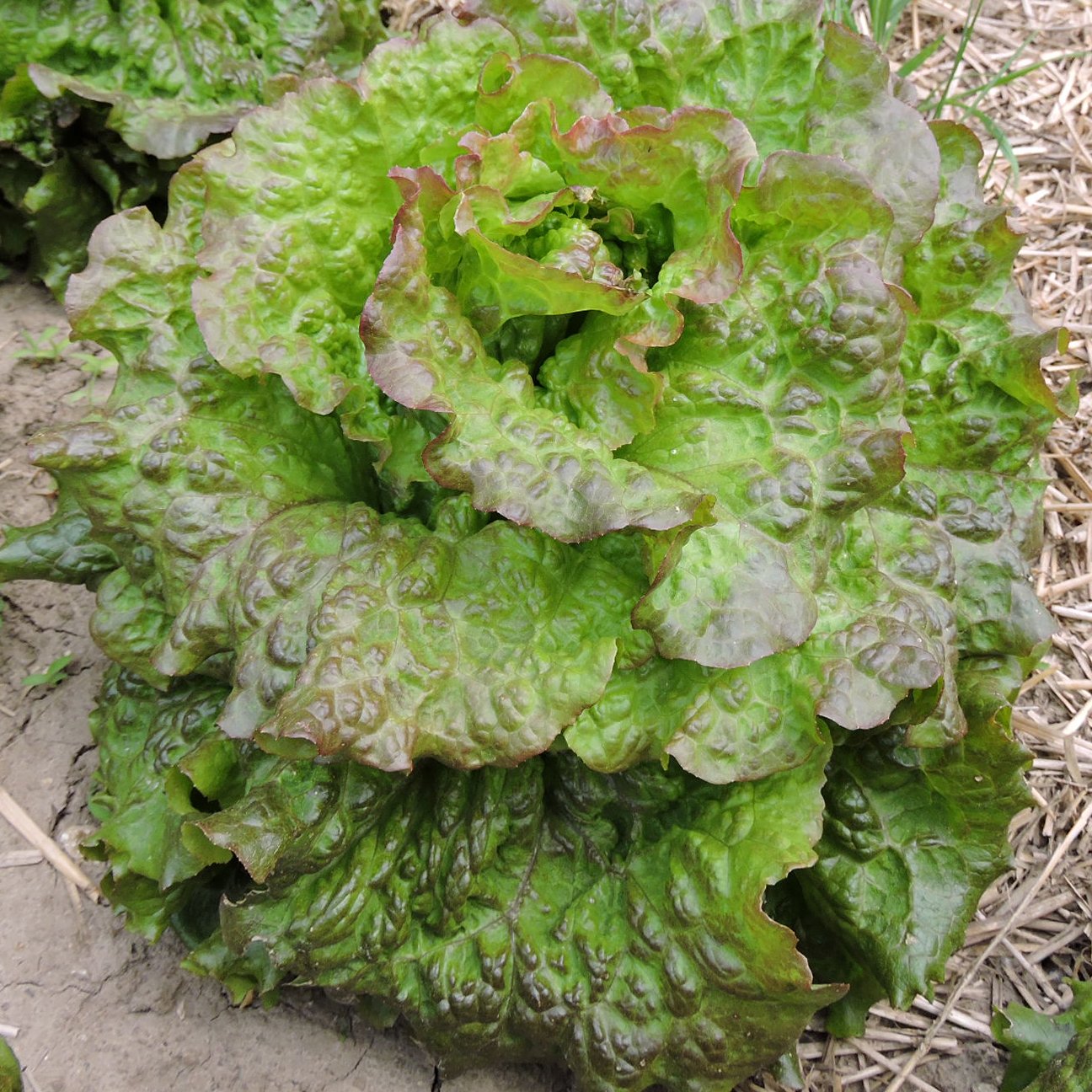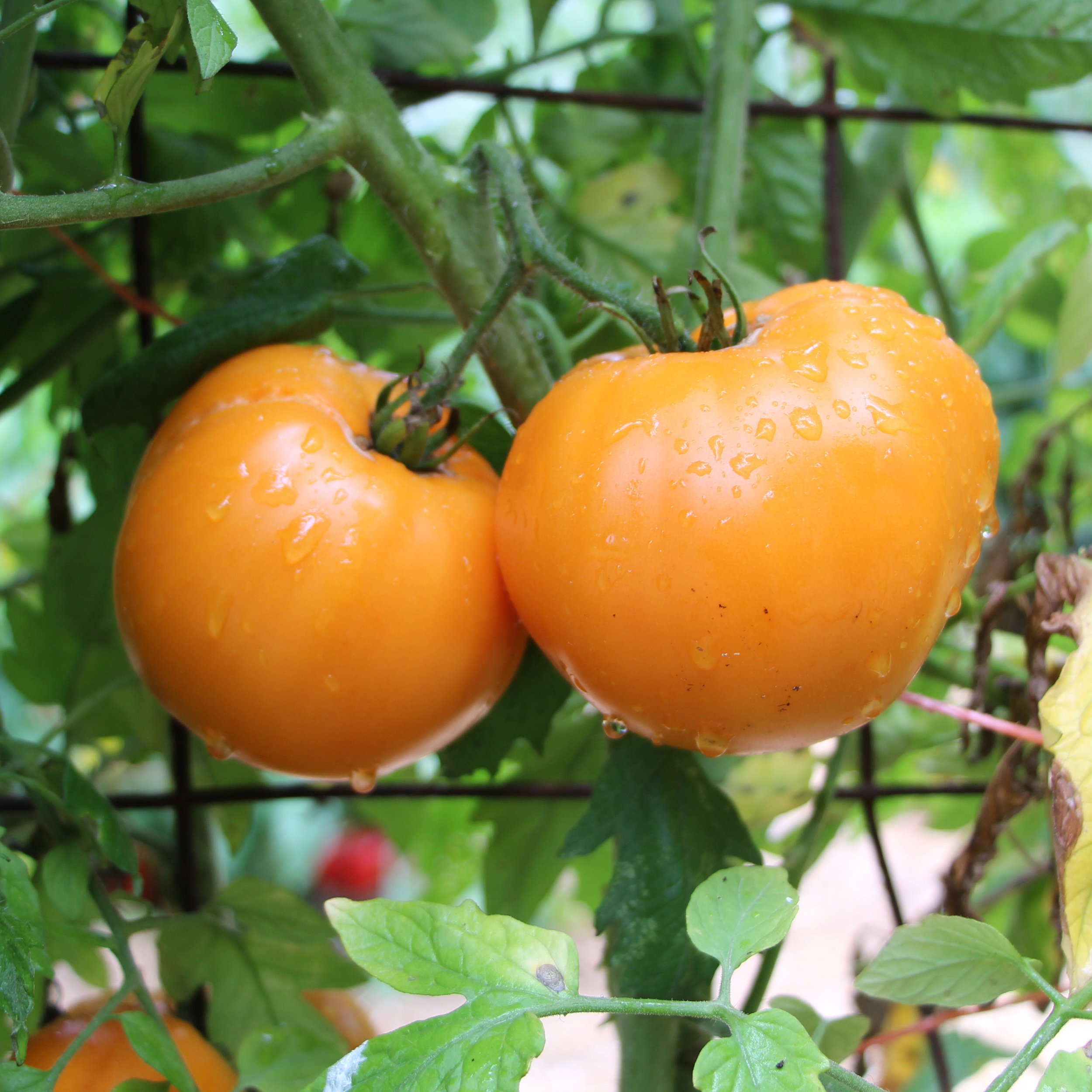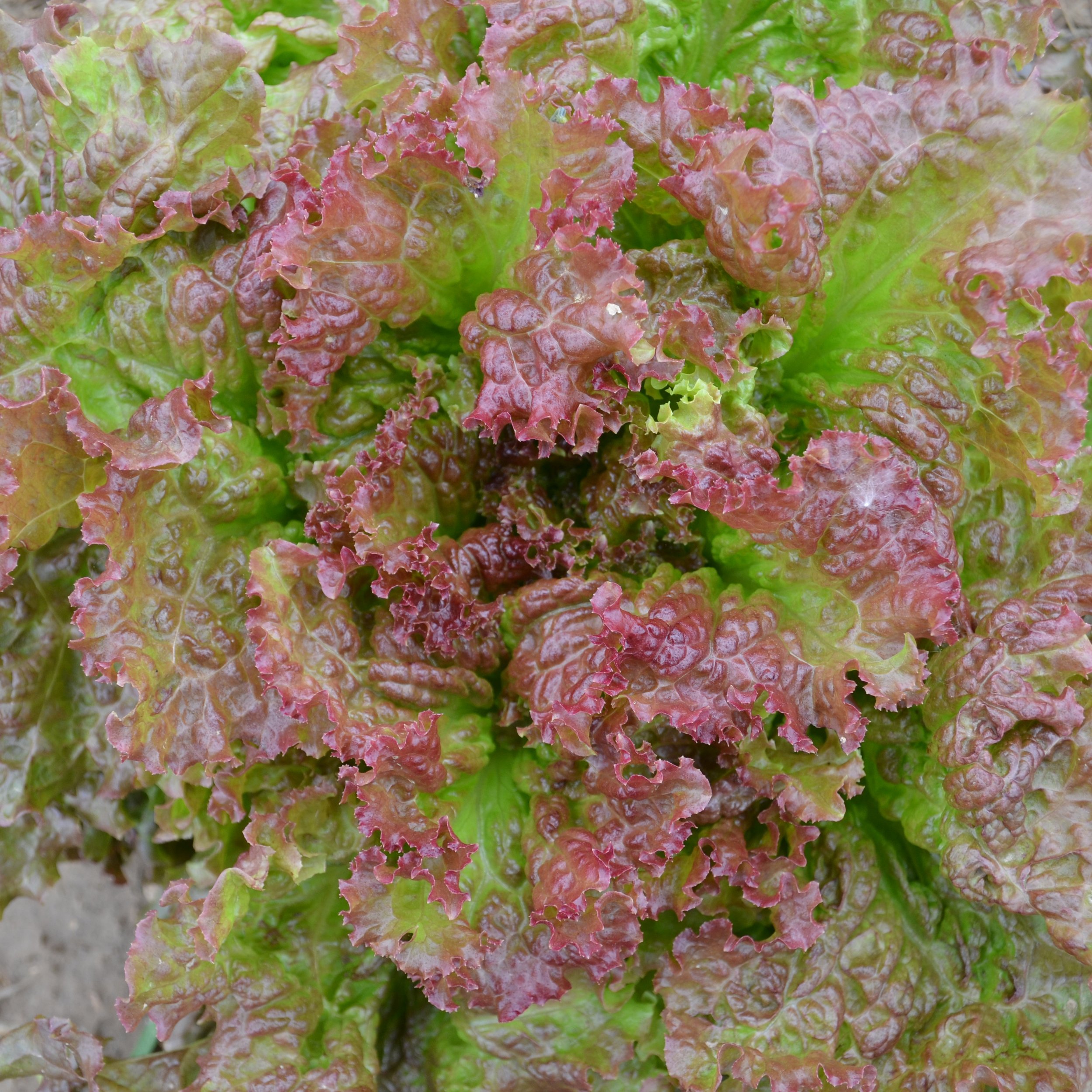SSE introduces 11 new varieties for 2023
/It takes time—years, in fact—dedication, and plenty of effort to “move” a precious heirloom variety from the Seed Savers Exchange seed bank into our seed catalog, but we think that work was more than worth the effort for the 11 new varieties we’re introducing in 2023.
What’s new in the 2023 Seed Savers Exchange catalog? A delicious tomato stewarded by a single family for more than 100 years. A midseason corn that earned top marks for flavor. A remarkable and fast-growing butterhead lettuce. A lima bean that dates back to at least the 1860s. An asparagus that has graced the garden of Diane Ott Whealy, our co-founder, at Heritage Farm for decades. And more!
Preserved at SSE’s Heritage Farm headquarters, the ‘Council Bluffs Heirloom’ tomato, the ‘Hjerleid Blue’ corn, the ‘All Cream’ lettuce, the ‘Snow on the Mountain’ lima bean, and the ‘3lb Coffee Can’ asparagus are part of an impressive collection of more than 20,000 vegetable, herb, flower, and fruit varieties amassed since the nonprofit’s founding almost 50 years ago. Each year SSE regenerates and evaluates dozens of these varieties at its northeast Iowa headquarters, paying particular attention to high performers. The following 11 varieties stood out in the field and on the table, and SSE is delighted to introduce them to market farmers, home gardeners, and seed savers everywhere.
When you purchase seeds from SSE, you are giving rare varieties (including these 11 new ‘From the Collection’ varieties!) a place in your garden and at your table and helping to ensure that the biodiversity of our food system remains intact for generations to come.
11 unique varieties for gardeners, market farmers, and seed savers everywhere:
‘Lavender Double’ poppy
Jan Suchomel of Van Horne, Iowa, discovered this poppy growing in the backyard garden when she moved to Van Horne from Cedar Rapids in 1967 and proceeded, over the next three decades, to give its seeds to all her family members. She was so taken with the flower that she even planted some of its seeds at the senior complex she moved to in 2003 so that she could continue to enjoy its colorful blooms. All plant parts except the seeds are toxic. 91 days. Organic.
‘Dallas Edwards’ bean
This pole snap bean boasts excellent flavor and texture and remains crunchy and juicy for an extended period of time. Early- to mid-season maturing plants are strong climbers and producers; seeds have good flavor and texture as a dry bean too. This variety was donated to Seed Savers Exchange in 2014 by Paris Fortner of Erie, Michigan, who received its seeds in the 1990s from the daughter of Dallas Edwards (the Tennessee woman for whom the variety is named). 52 days.Organic.
‘Joe’s Big Blocky Red’ pepper
A classic red bell pepper, this variety bears large fruit with a good, sweet flavor. Fruits range from triangular to bell-shaped and turn from green to dark red. Mature fruit measure 3-6" long and 3-4" wide and weigh 4-8 ounces. Midseason maturing plants grow 2-2.5′ tall. This pepper was donated to Seed Savers Exchange by Exchange lister Louis Marcelina, who obtained it in 1984 from fellow lister William Lyons. 69-80 days from transplant. Organic.
‘Himalayan Celosia’ flower
This late-maturing variety grows 2′ tall and has edible green leaves with unique red mottling. It bears two different flower heads—while most are conical, a few have a cockscomb shape. Its donor—Suzanne Ashworth, author of Seed to Seed—says its leaves can be eaten as cooked greens. 40 days. Organic.
‘Council Bluffs Heirloom’ tomato
Participants in Seed Savers Exchange’s ADAPT trials gave this pink beefsteak tomato top marks! It has a delicious, well-balanced, sweet flavor and moderate acidity. Thin-skinned fruit grow 2-3" long and 3-4" wide, weigh 5-13 ounces, and mature mid-season. J. Orris Murphy received this variety circa 1989 from the Dwayne Bushman family of Council Bluffs, Iowa, and donated it to SSE in the mid-1990s. The Bushmans had maintained it for more than 100 years. Indeterminate. 67 days from transplant. Organic.
‘Snow on the Mountain’ lima bean
The large beans of this vigorous pole lima variety are quite tasty eaten fresh, with the dry beans having a sweet, walnut flavor when cooked. Slightly curved, sometimes twisted pods grow 4-4.5" long and contain three to four seeds each. Reverend Roy Blount of Washington Parish, Louisiana, shared this early-maturing variety with Seed Savers Exchange member John Coykendall, who gave it to SSE. It has been in Blount’s family since the 1880s but reportedly dates back to at least the 1860s. 80 days. Organic.
‘Hjerleid Blue’ corn
This midseason-maturing corn topped the list when Seed Savers Exchange staff ranked a dozen corn varieties for flavor in 2018! The ears of this white sweet corn turn a striking dark blue at maturity but are most flavorful (and have tender kernels) when just slightly blue in color. SSE received this variety from Marvin Gonitzke, who in turn received it from Eugene Hjerleid, a coworker at Johnson Printing in Eau Claire, Wisconsin. This corn was grown since at least the early 1940s in Blair, Wisconsin, by Eugene’s grandfather, Ludwig Hjerleid. 100 days. Organic.
‘All Cream’ lettuce
Look no further than the historic John A. Salzer Seed Company’s 1901 catalog for a detailed description of this fast-growing butterhead lettuce: “This remarkable lettuce does not head but makes a loose bunch of leaves of superlatively fine quality. …It forms a beautiful plant; the leaves grow upright, the upper part of the outer leaves turning outward very gracefully. The edges of the outer leaves are of a glossy, reddish bronze, very ornamental and fresh in appearance; within, the leaves are almost white and wonderfully crisp and tender.” 40-50 days. Organic.
‘Maiden’s Gold’ tomato
This large, dark-orange beefsteak tomato has an excellent, sweet flavor. Late-maturing fruit average 8-10 ounces (but can reach up to a pound) and measure 2-2.5” long and 3-3.5” wide on plants with lush foliage. Ted Maiden of LaFollette, Tennessee, has grown and saved seeds from this variety since his father, Ernest Maiden, gave it to him in 1964. Ernest stewarded the variety in his own garden in Bristol, Virginia, after receiving its seeds from his father, Reverend Frank Maiden of Saltville, Virginia, at some point prior to 1956. Indeterminate. 60-75 days from transplant. Organic.
‘Amerikanischer Braun’ lettuce
What’s not to like? The leaves of this boldly colored looseleaf lettuce are flavorful, sweet, crisp, and tender. Large, abundant leaves have frilly edges and grow on plants that reached 9-11" tall and 1′ wide at Seed Savers Exchange’s Heritage Farm in 2018. Plants do well in summer heat and bear leaves that are light yellow-green in the center and dark red/purple toward the edges. SSE member Louis Van Deven received this variety in 1988 from a gardener in Neubrandenburg, Germany. 35-42 days. Organic.
‘3lb Coffee Can’ asparagus
Seed Savers Exchange co-founders, Diane Ott Whealy and Kent Whealy, brought this variety with them when they moved to Decorah, Iowa, in 1984. Diane recounts its origin in her memoir, Gathering: “A few years earlier, a gentleman had sent me a three-pound Folgers coffee can full of seed. He said the plants were always grown from seed and rivaled any commercial variety, but they came to me with no name. His claim was true. These plants were eventually transplanted to a patch in front of the barn at Heritage Farm and 20 years later have developed into a magnificent bed. One good thing about growing older: your asparagus patch gets better.” Organic.


